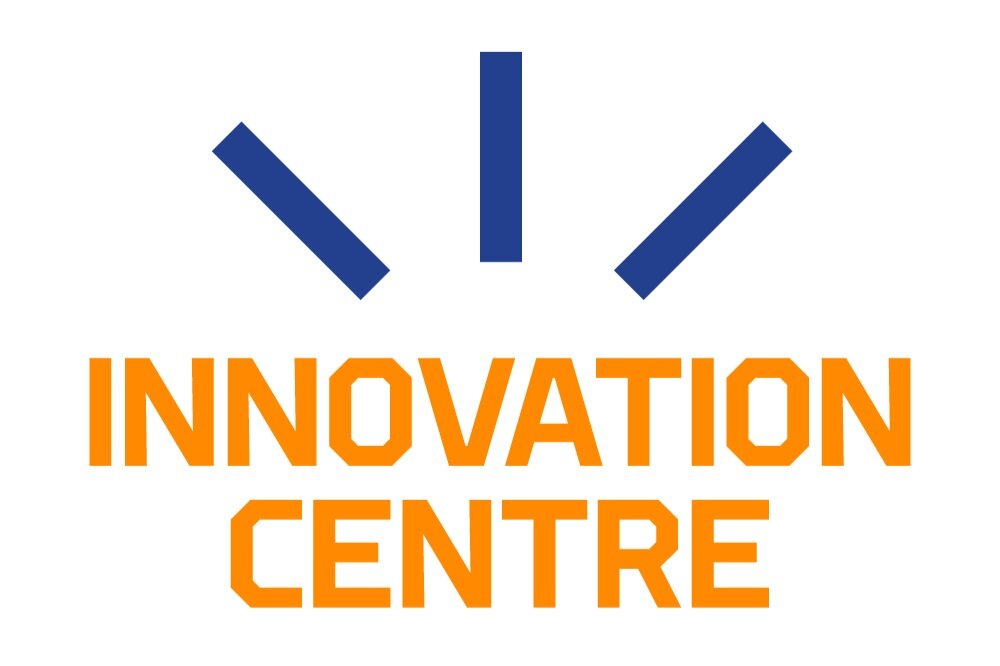Could vitamin D be the key to joint inflammation relief? Research shows promising results with fewer side effects than cortisone
Rheumatologist and researcher Johanna Huhtakangas, along with her team, is developing an innovative treatment for inflammatory joint diseases. Their aim is a solution that would work as effectively as cortisone — but without the side effects. In the future, the treatment might center on a compound of vitamin D.
Anyone who’s been on long-term cortisone therapy is well aware of its pros and cons. While cortisone suppresses inflammation effectively, it can also cause muscle weakness, damage cartilage and connective tissue, disrupt metabolism, and lead to many other unwanted effects. For Huhtakangas, these downsides are frustratingly familiar, prompting her to wonder if there might be a better approach to treat localized joint inflammation. Reflecting on her previous research into vitamin D, she found herself wondering: could the anti-inflammatory properties of vitamin D be leveraged for rheumatology?
“Often in inflammatory rheumatic diseases, the synovial membrane thickens due to excessive cell growth, which is a serious problem. Vitamin D, however, has properties that can curb inflammation and inhibit cell proliferation. When I put these two ideas together, I knew this was something worth pursuing,” Huhtakangas explains.
The research results are promising
To bring this project to life, orthopedic surgeon Petri Lehenkari, a professor of cell and developmental biology, and researcher Jere Huovinen from the University of Oulu joined the team. Now, with a team effort between the University of Oulu and the University of Eastern Finland, they are exploring every angle of the new therapy. Oulu is focused on the pharmacokinetics — how the drug is absorbed, distributed, and eliminated by the body. Meanwhile the University of Eastern Finland is leading the development of the compound itself.
Researcher Jere Huovinen works diligently in his lab, advancing Huhtakangas's invention that holds so much promise.
So far, the team has studied the effects of vitamin D compounds extensively in both cells and live animals. The findings have been encouraging.
"It seems that the vitamin D compound could reduce inflammation as effectively as cortisone but without the harmful side effects," says Huhtakangas. "Practically, this treatment would likely be an injectable, administered directly into the joint to replace cortisone shots."
The research results have been promising. The image illustrates synovial inflammation and its reduction in a rat's knee joint, as analyzed in the samples.
The project has been bolstered by Business Finland’s Research to Business funding, which allows the University of Oulu to explore paths to commercialization, led by Julius Gomes. Developing a market-ready medical innovation is a lengthy process; Huhtakangas estimates it will take close to ten years before the treatment is available. In the meantime, the team is pressing on with research and commercialization efforts.
“I believe this could make a real difference for many patients. With any luck, future treatments for joint inflammation will come with far fewer side effects thanks to this project,” says Huhtakangas.
The researchers caution against trying to treat joint inflammation with high doses of vitamin D taken orally, as it could lead to overdose.
Johanna Huhtakangas
Rheumatologist, researcher





